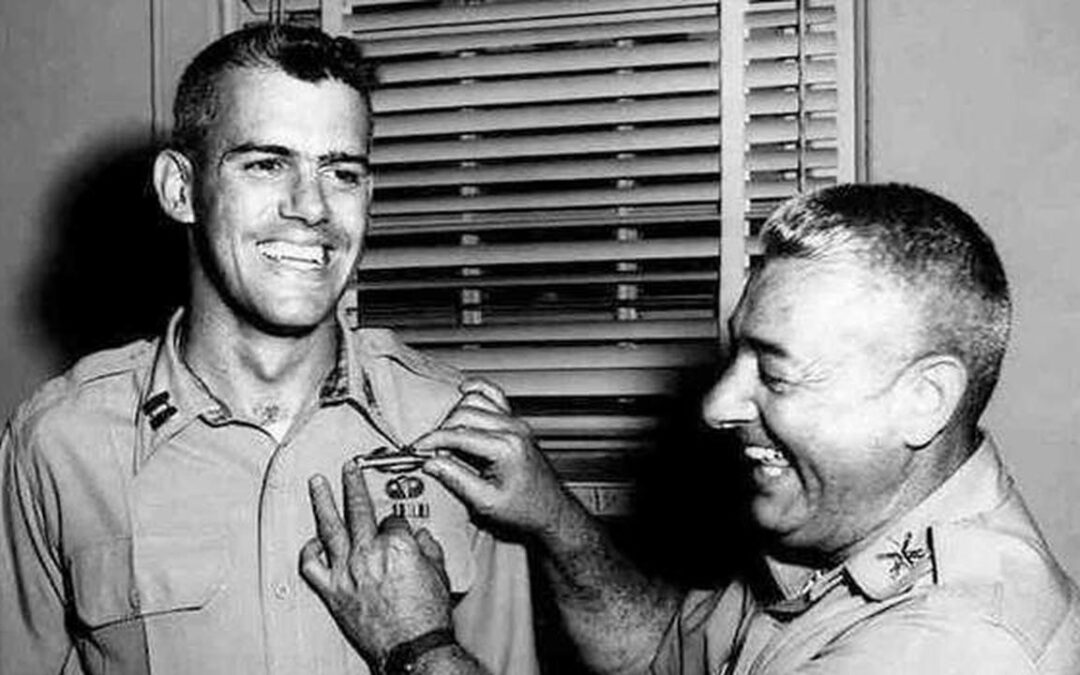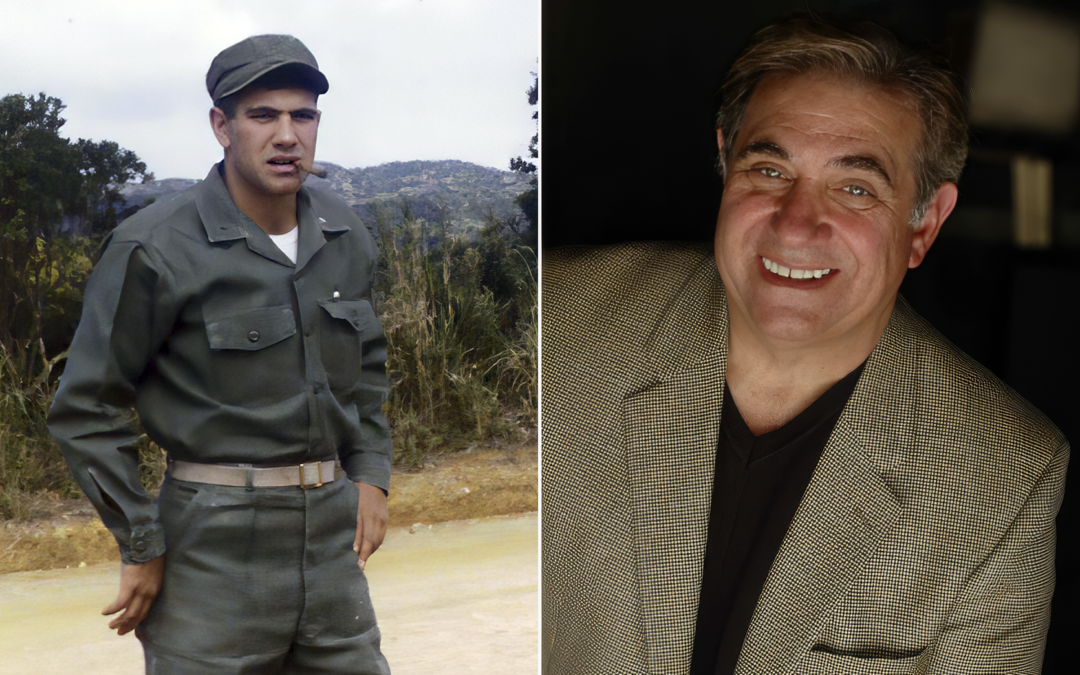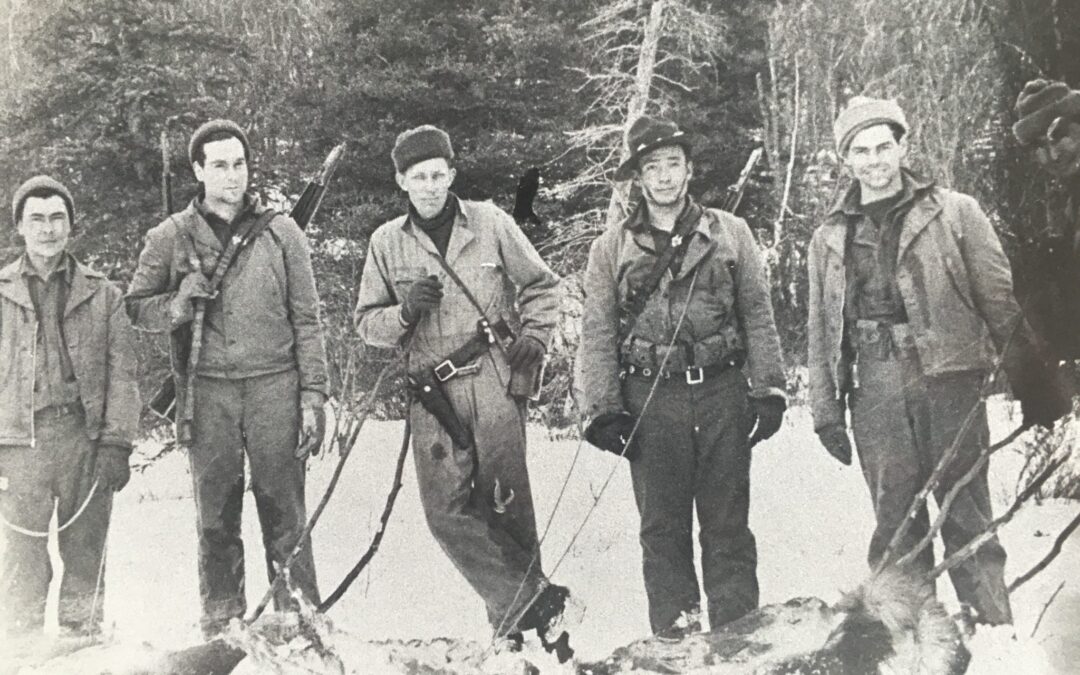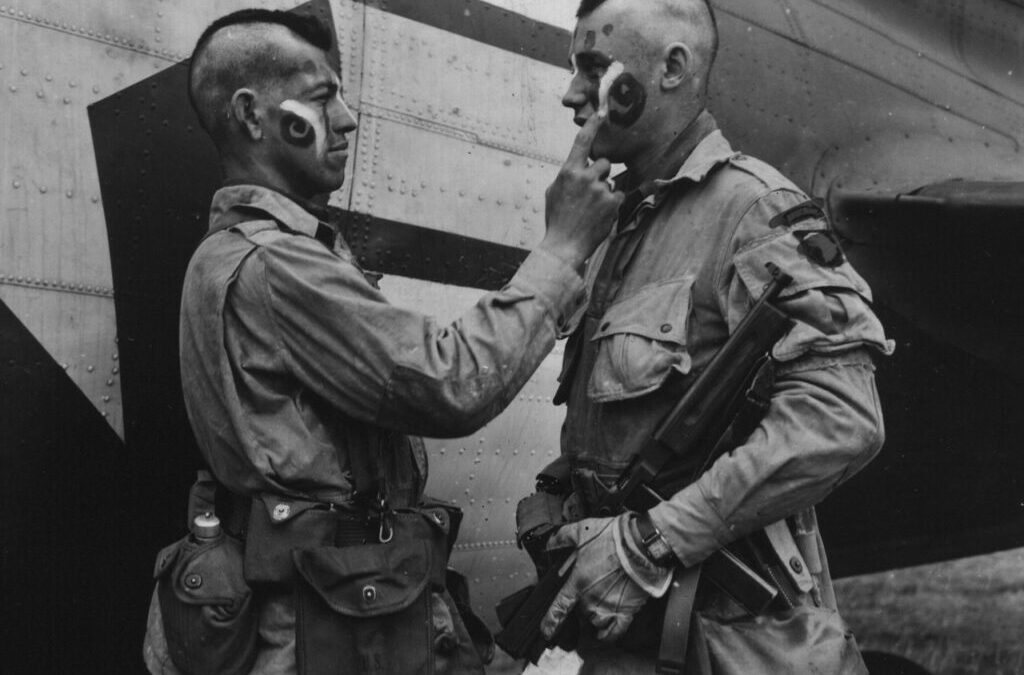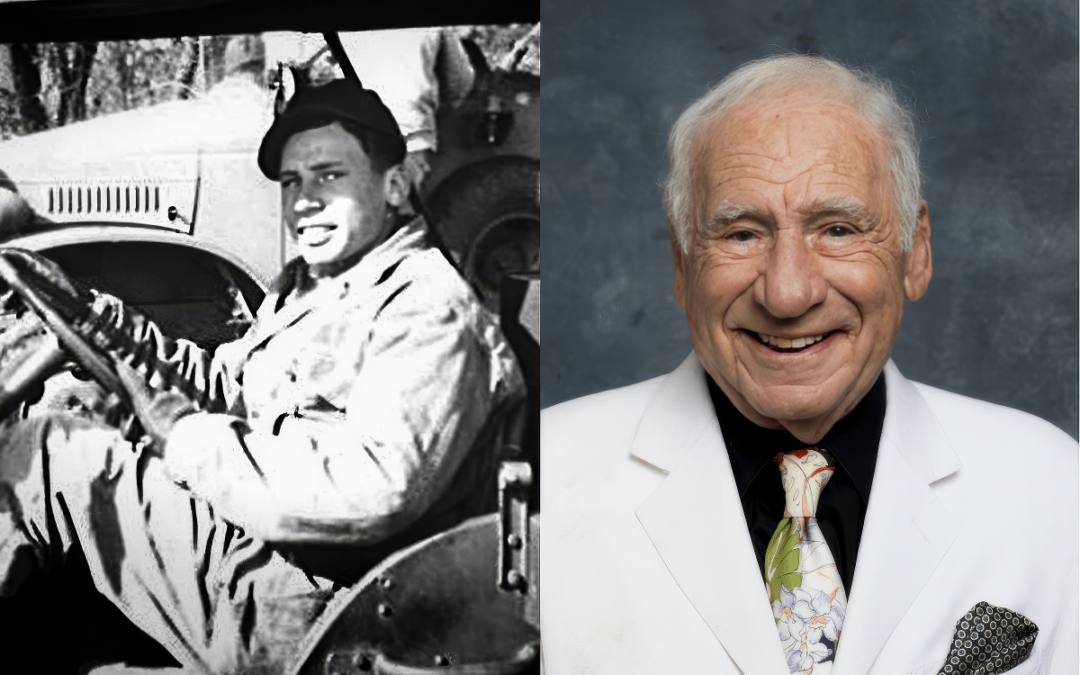Captain Humbert Roque Versace, affectionately called "Rocky," was an officer of the United States Army. He went on to receive the Medal of Honor-the greatest military decoration of the United States-for the heroic actions he undertook as a prisoner of war in the Vietnam War. Puerto Rican-Italian by descent, he was the first member of the U.S. Army to have ever received such a distinction. Born on July 2, 1937, in Honolulu, Hawaii, Humbert Roque Versace was the eldest of five children. Versace's father was Colonel Humbert Joseph Versace (1911–1972), and his mother was Marie Teresa Ríos (1917–1999) who authored three books, which includes the popular work 'Fifteenth Pelican,' on which the 1960s starred Sally Field as 'The Flying Nun' was based. Having grown up in Alexandria, Virginia, Versace attended Gonzaga College High School in Washington, D.C. during his freshman and sophomore years, Frankfurt American High School in his junior year, and after graduating from Norfolk Catholic High...
